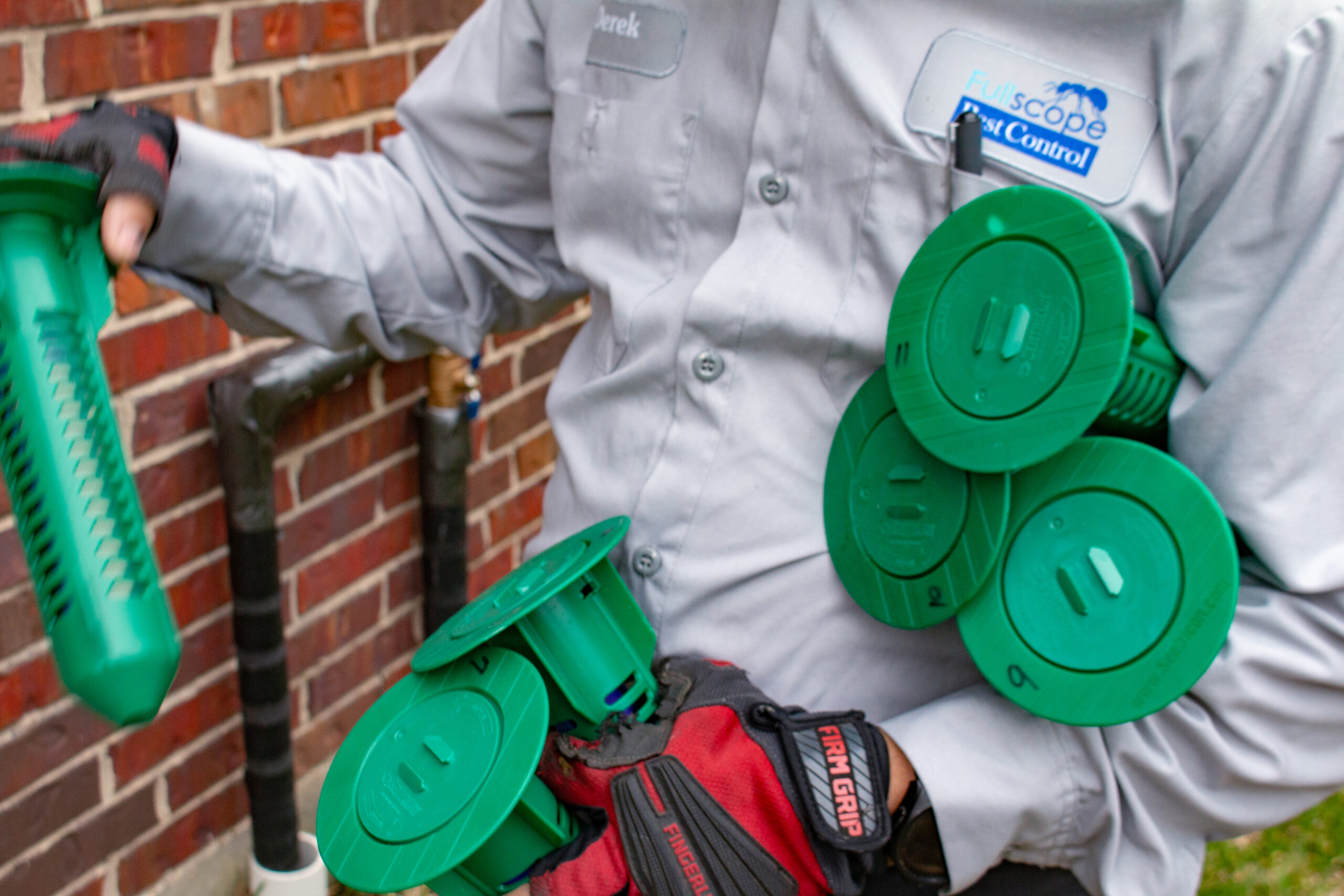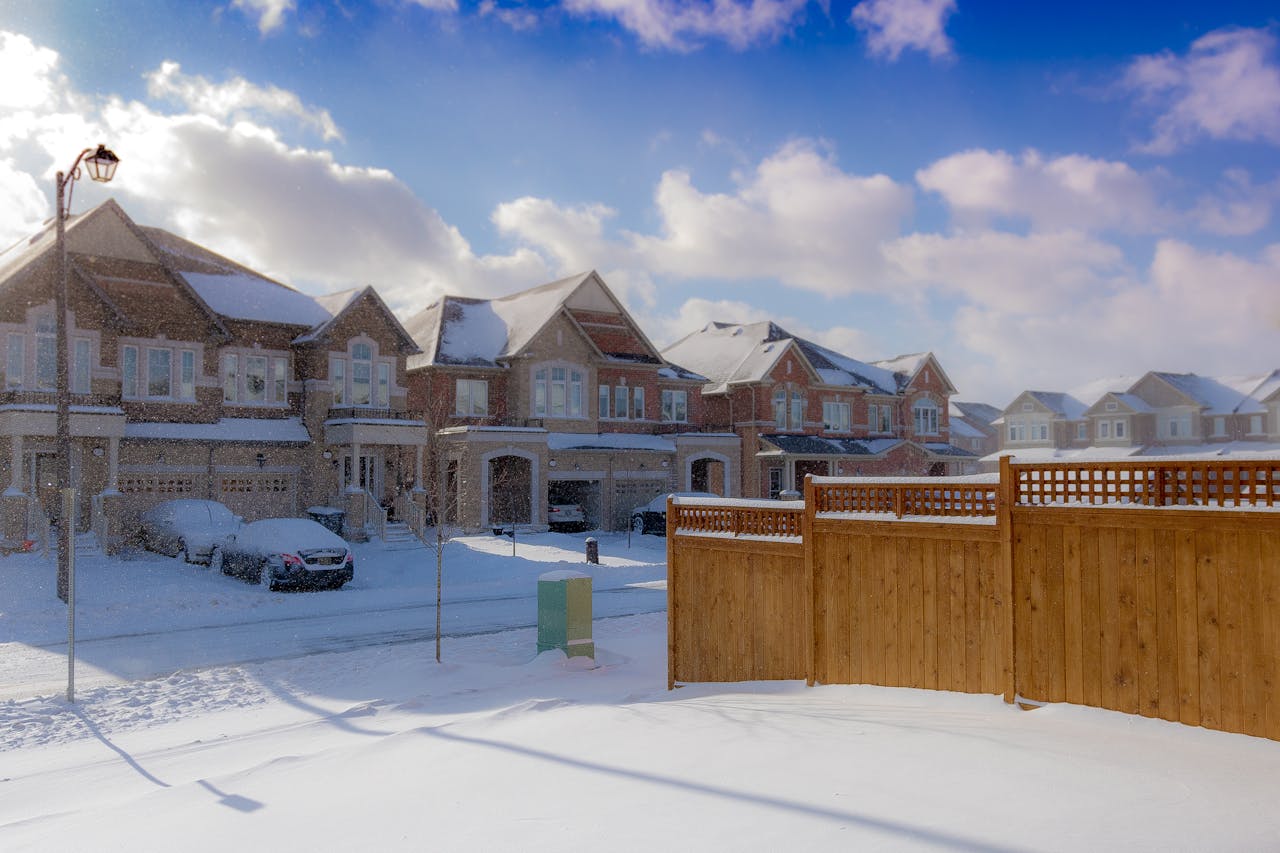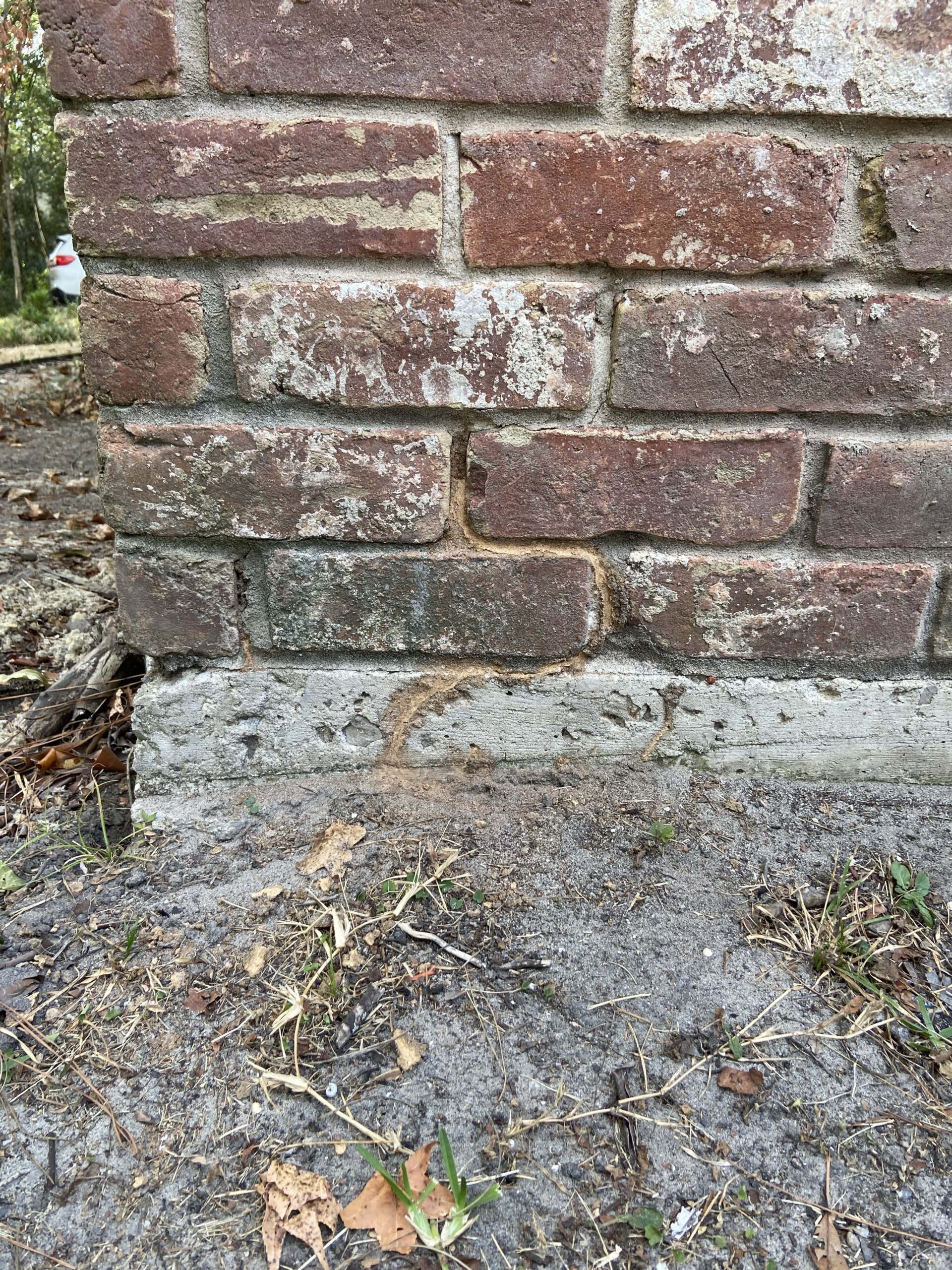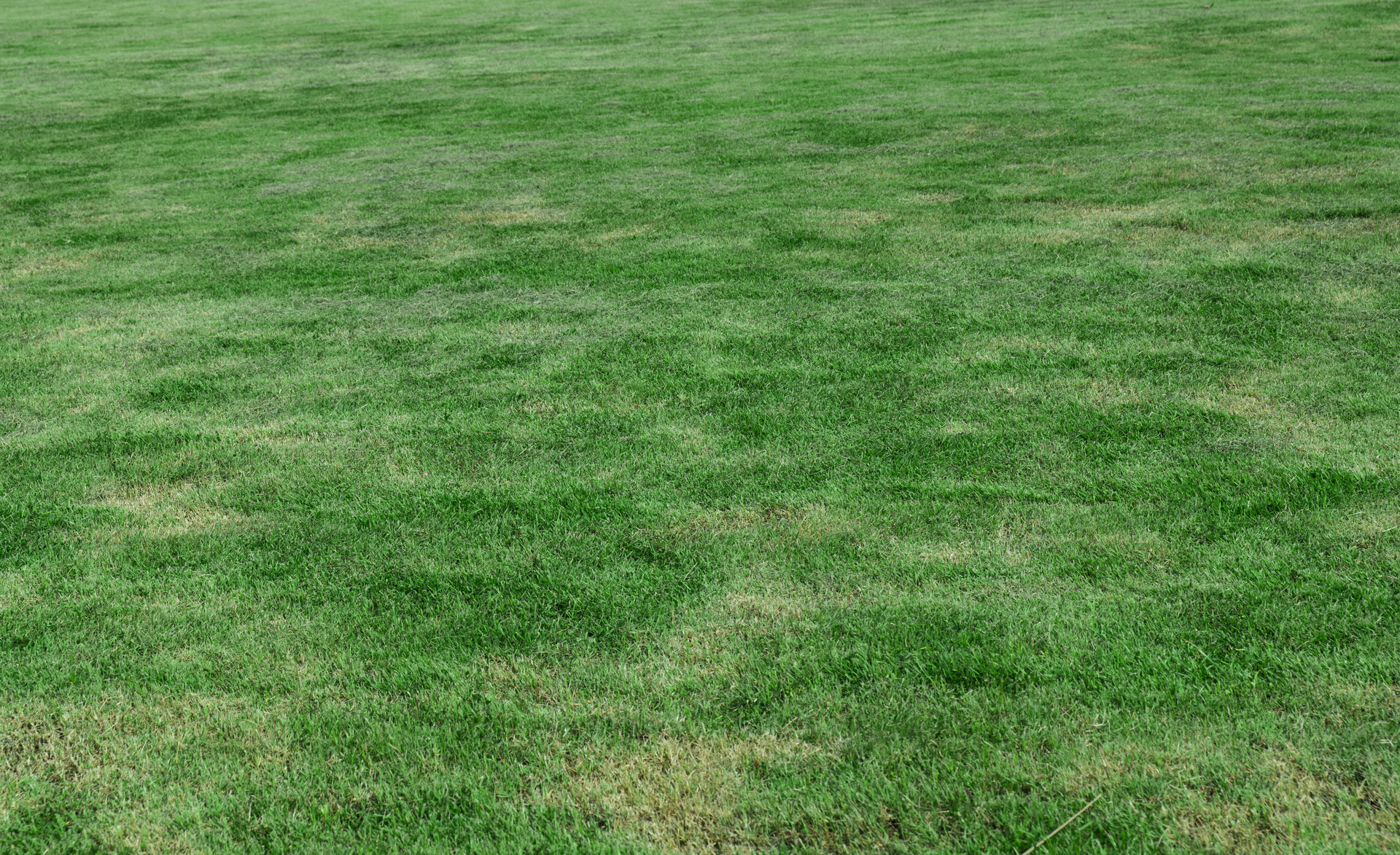Termites are among the most destructive pests homeowners can face, capable of causing significant structural damage before the problem is even detected. A one-time treatment is not a permanent solution, as termite colonies can re-establish themselves if conditions allow. For that reason, scheduling regular termite re-inspections is critical to maintaining protection and preventing costly repairs.
The question many property owners have is: How often should a termite inspection be performed? The answer depends on multiple factors, from the risk level of your location to the history of past infestations. Consistent monitoring is the key to early detection and lasting control.
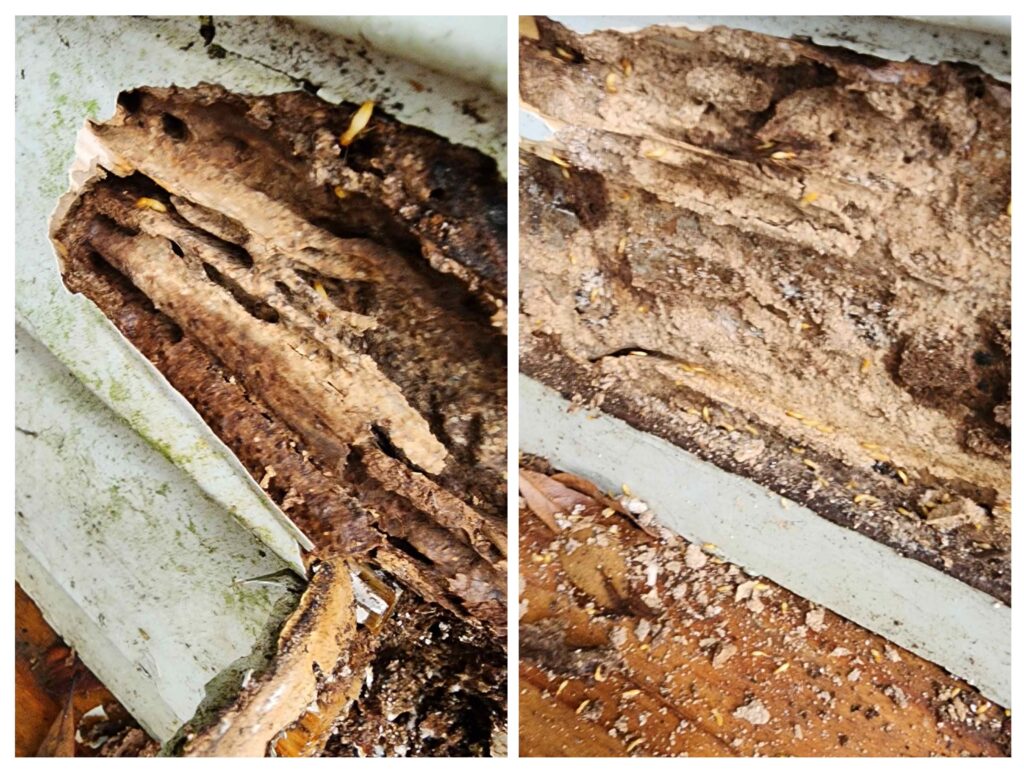
Why Termite Re-Inspections Are Important
Termites can work quietly behind walls, under floors, and in structural supports for months or even years without visible signs. This stealthy nature makes them especially dangerous, as homeowners may not notice an issue until substantial damage has already occurred.
- Early detection saves money: Catching termites in the early stages can prevent thousands of dollars in damage.
- Environmental changes matter: Landscaping, moisture conditions, and nearby construction can create new termite risks even after treatment.
- Protecting ongoing investments: Preventive barriers and treatments lose effectiveness over time and require monitoring.
A thorough termite inspection gives you an updated picture of your home’s condition, identifies vulnerable areas, and helps ensure that any preventive measures in place are still working effectively. Following the guidelines outlined in how to get rid of termites, it becomes clear that re-inspections are an integral part of long-term protection strategies.
Factors That Affect How Often to Schedule Inspections
The right frequency for termite inspections depends on the unique risk profile of your property. Certain factors increase the likelihood of infestation and may require more frequent checks.
- Location and climate: Termites thrive in warm, humid regions and can remain active year-round in some areas. Gulf Coast states, for example, are known for their high termite pressure.
- History of infestation: Homes that have previously been treated for termites are at higher risk for reinfestation because the same environmental conditions may still exist.
- Construction type: Slab-on-grade foundations, wood siding, and crawl spaces can offer easier access for termites and limit visibility for early detection.
- Environmental surroundings: Properties near wooded areas, lakes, or with heavy mulch use can attract termite colonies from the surrounding soil.
By assessing these conditions with a professional, you can determine whether you need annual, semi-annual, or even quarterly inspections. In some high-risk situations, pairing more frequent checks with preventive treatments can greatly reduce the chance of a serious infestation.
Recommended Termite Re-Inspection Intervals
While every property is different, there are general recommendations for how often a termite inspection should take place.
- Annual inspections: Best for homes in moderate-risk areas with no history of infestation. This schedule allows for consistent monitoring without overextending resources.
- Semi-annual inspections: Recommended for high-risk areas or homes with past termite problems. Twice-a-year inspections help catch any signs of activity in between seasons.
- Quarterly inspections: Suitable for commercial properties or residences with ongoing environmental risk factors, such as high soil moisture or extensive landscaping close to the structure.
During each inspection, a qualified technician will examine your property for mud tubes, damaged wood, discarded wings, and other warning signs. They may also inspect crawl spaces, attics, and exterior walls for vulnerabilities. In addition, they will often recommend preventive adjustments, such as fixing drainage issues or replacing damaged wood, to maintain protection.
Benefits Beyond Infestation Detection
Termite re-inspections are not only about finding current activity but also about safeguarding the long-term integrity of your home.
- Protect property value: Preventing structural damage preserves your home’s market appeal and resale potential.
- Maintain treatment effectiveness: Many treatment systems, such as bait stations or liquid barriers, require regular monitoring to ensure they remain active.
- Support sustainable methods: Regular inspections align with eco-friendly solutions by reducing the need for large-scale chemical use.
- Meet warranty requirements: Some termite protection plans require proof of ongoing inspections to remain valid.
Re-inspections also give you a chance to address other conducive conditions around your home that could invite pests, such as wood-to-soil contact, plumbing leaks, or improper ventilation. Over time, these small preventive steps compound into stronger overall protection.
Signs You Shouldn’t Wait for the Next Scheduled Inspection
Even with a set schedule, certain indicators call for immediate action. If you spot any of these signs, arrange for a termite inspection right away:
- Mud tubes along walls, foundations, or crawl spaces
- Hollow-sounding wood when tapped, indicating internal damage
- Discarded wings near windowsills, doors, or baseboards
- Warped or bubbling paint may signal moisture-related termite activity
- Tight-fitting doors or windows caused by structural shifting from termite damage
Ignoring these warning signs can allow termites to continue feeding unnoticed. Acting quickly can prevent further spread and significantly reduce repair costs.
Keep Your Home Protected Year After Year
Waiting too long between inspections can leave your home vulnerable to silent, costly damage. Establishing a consistent inspection schedule tailored to your risk factors will give you peace of mind and safeguard your property’s value. For professional monitoring and customized prevention strategies, contact Fullscope Pest Control and ensure your home remains protected from these destructive pests.

